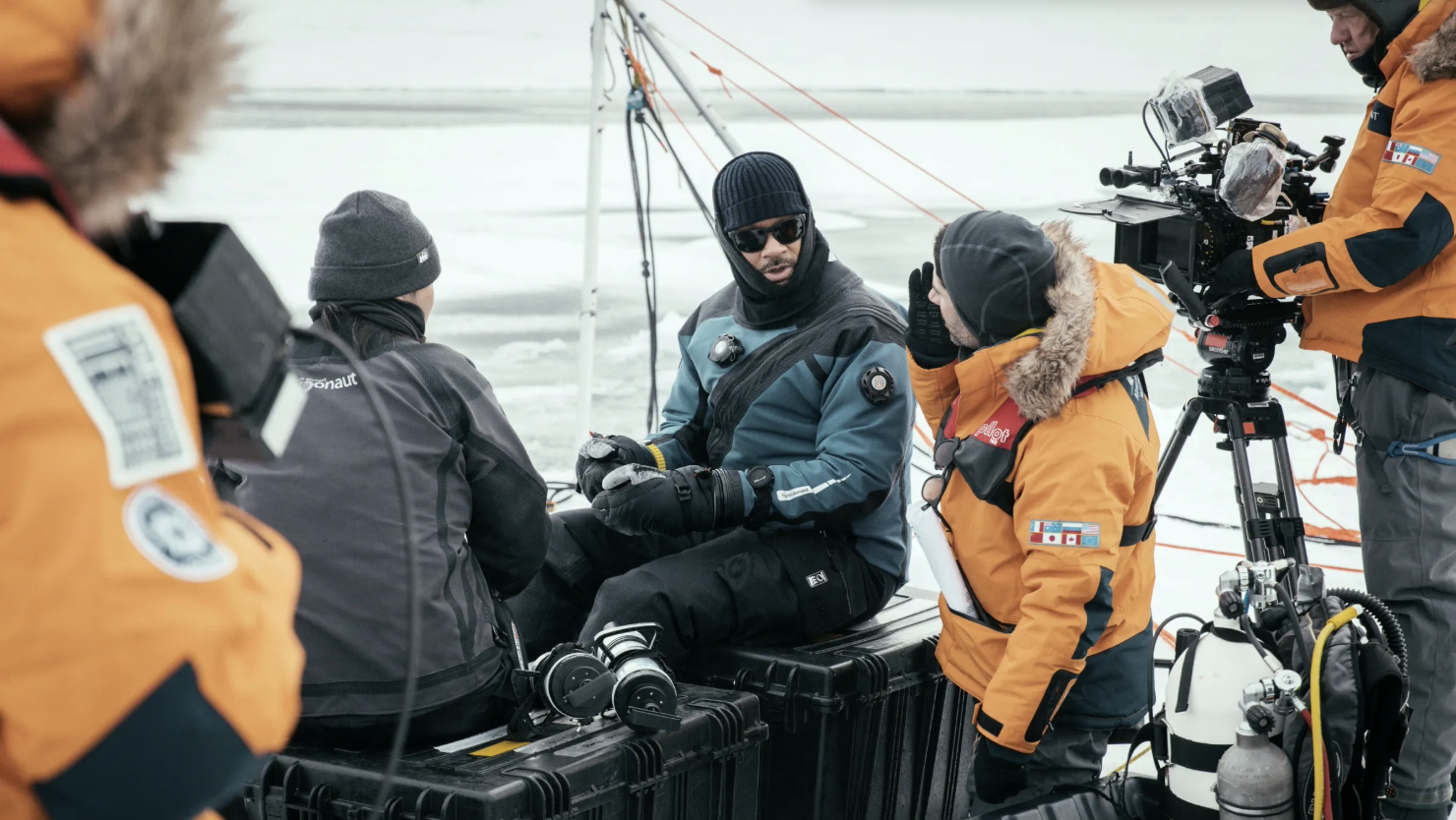Study: Dogs Domesticated in Americas 9,400 Years Ago

As early as 10,000 years ago in what is now Texas, dogs may have been man's best friend — and man's main course.
Analysis of a 9,400-year-old dog bone fragment found in ancient human excrement suggests that the animals had become domesticated by that time, according to the Associated Press. But because the bone was found in feces — and because it is a tell-tale orange-brown color bones get after being digested — it's clear that dogs weren't just four-legged pals. They were also meat.
The fragment, a bone from the neck of a dog that probably weighed between 25 and 30 pounds (11 and 14 kilograms), was found in Hinds Cave, an archaeological site in southwest Texas. University of Maine graduate student Samuel Belknap III was studying diet in ancient humans from this region when he uncovered the fragment in a human fecal sample first taken out of the cave in the 1970s.
"It just so happens this person who lived 9,400 years ago was eating dog," Belknap told the AP.
Belknap and his team used DNA testing to determine the bone came from a dog, not a wolf or coyote.
The results, which have been accepted for publication in the American Journal of Physical anthropology, would be the earliest confirmed example of dog domestication in America. But Darcy Morey, a dog evolution expert from Radford University, told the AP he was skeptical about DNA testing, because dogs and wolves are so closely related.
It wouldn't be surprising if ancient people ate dogs, Belknap said. Native communities in both Central and North America were known to have dog meat on the menu.
Get the world’s most fascinating discoveries delivered straight to your inbox.
"It was definitely an accepted practice among many populations," Belknap told the AP.
Read the original story at Yahoo News.
 Live Science Plus
Live Science Plus






